Andalusia, a spectacle for all the senses

With 94 million international tourists, Spain ranks as the second most visited country in the world according to the UNWTO. The entire Iberian Peninsula is a delight to explore, with an additional attractive element for Latin American tourists: the Spanish language, which makes the experience easier.

Seville - Santa Cruz Neighborhood Photo: ANDRÉS CAMILO FRANCO. FOR TIME
Spain boasts countless attractions, but this article will focus on one of the largest and most culturally diverse autonomous communities: Andalusia. This region of the Iberian country reflects a facet of Spain that is internationally renowned: that of bullfighting and flamenco. But it is also a region steeped in significant history, as it was the last portion of the Iberian territory reconquered by the Catholic Monarchs. This combination of events makes Andalusia a unique region, with multiple cities that have witnessed and played a leading role in these moments.
Here are three reviews of three Andalusian cities you should include on your first trip to this part of Spain. Join me:
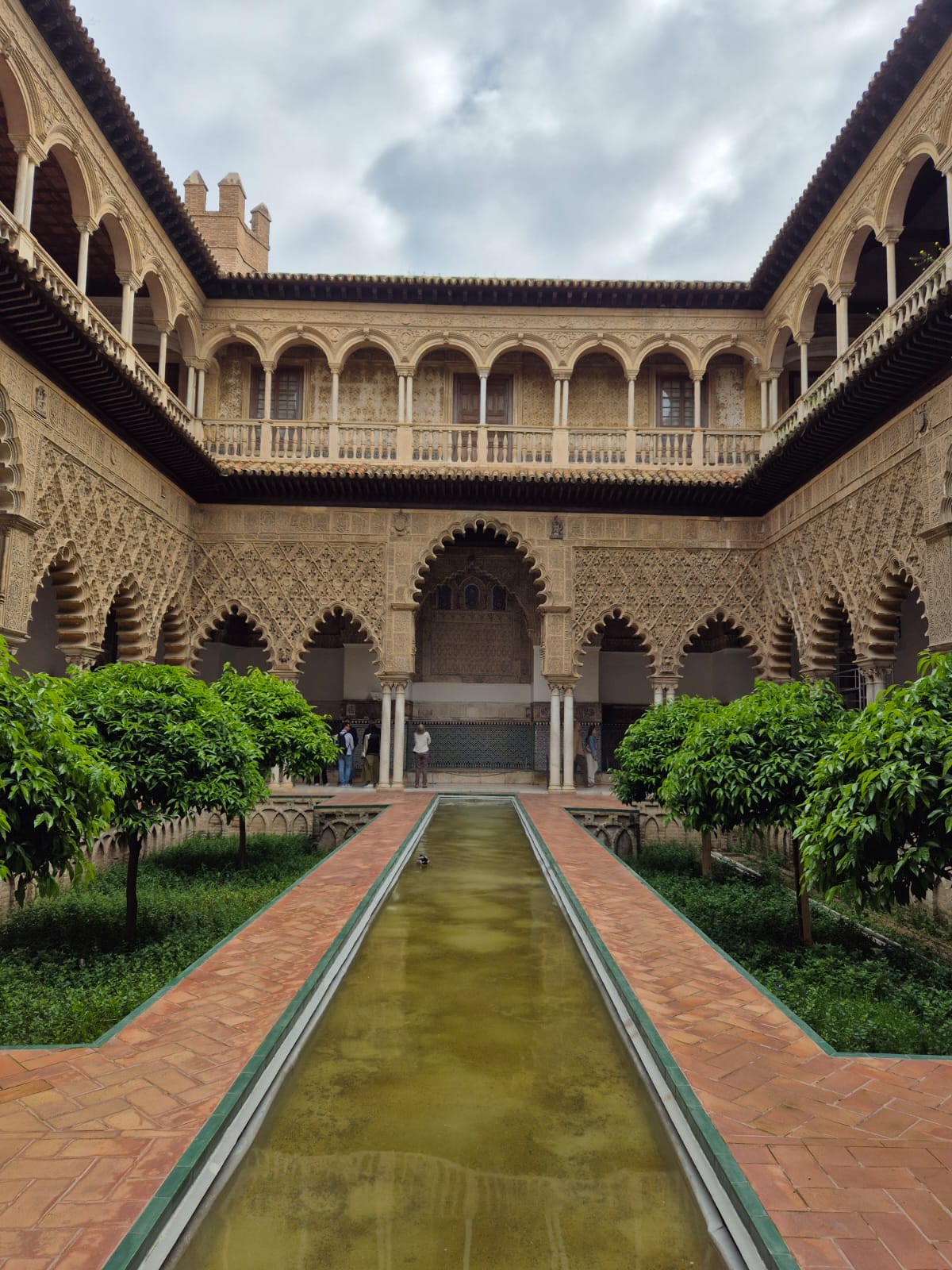
Seville - Interior of the Royal Alcázar. Photo: ANDRÉS CAMILO FRANCO. FOR TIME
The capital of Andalusia is a monumental city in every sense of the word. The city is home to one of the largest historic centers in Europe, with three iconic buildings at its heart, declared a UNESCO World Heritage Site: the Archive of the Indies , the Cathedral, and the Royal Alcázar. The Cathedral holds the title of being the largest Gothic cathedral in the world, and its bell tower, La Giralda, is the symbol of Seville to the world.
Seville is a delight of narrow alleys and charming squares. The Santa Cruz neighborhood, the city's former Jewish quarter, is an urban remnant of white and yellow hues. The Giralda tower can be seen from most of its streets, as the neighborhood borders the Cathedral and is home to the Alcázar , where the King and Queen of Spain stay whenever they visit the city.
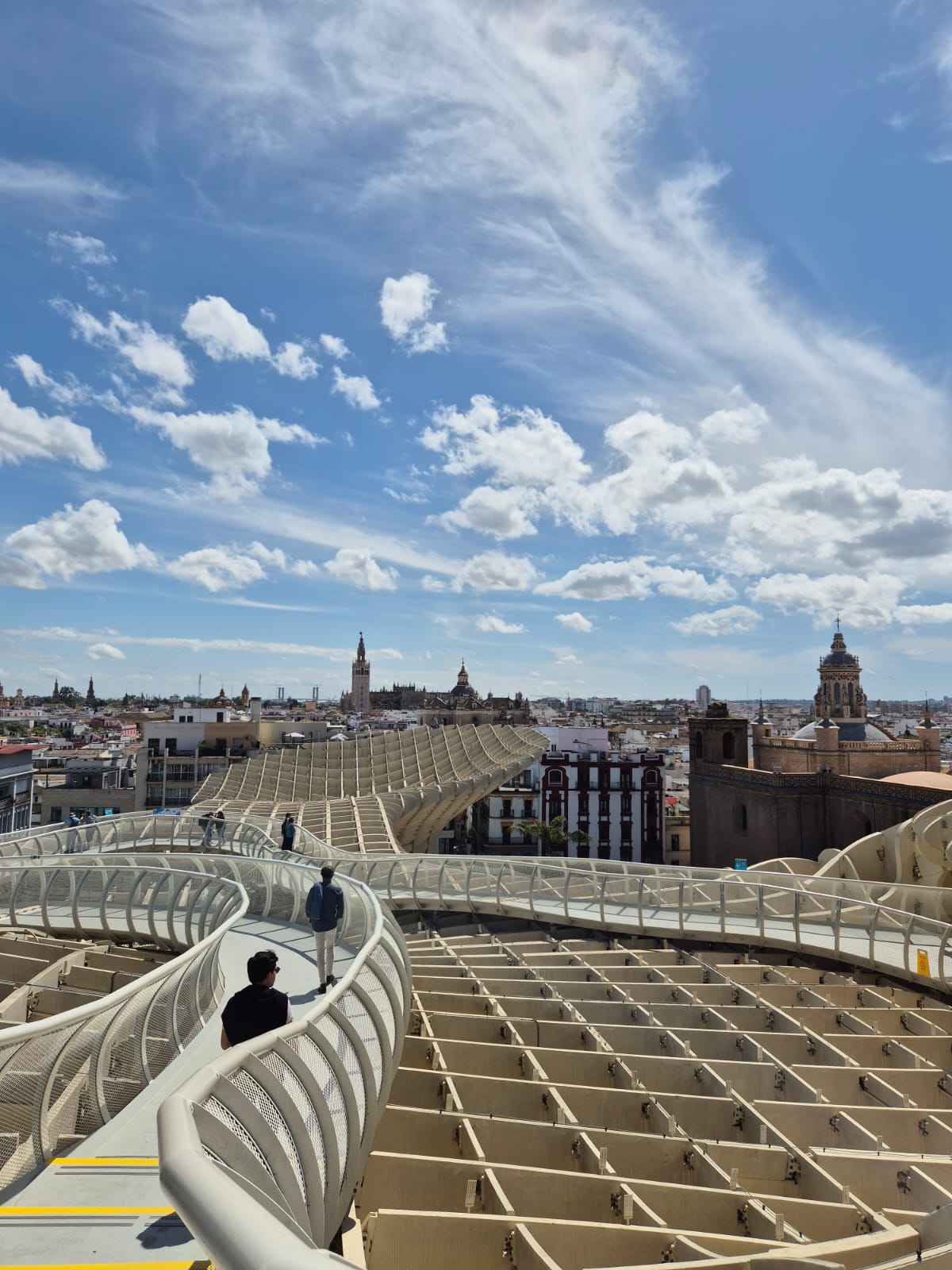
Seville - view from Las Setas Photo: ANDRÉS CAMILO FRANCO. FOR TIME
In addition to the city center, Seville boasts several essential urban landmarks. Plaza España, built during the 1929 Ibero-American Exposition, is one of the most beautiful squares in Europe. It's worth visiting leisurely and, ideally, at different times of the day, as the brickwork of its façade changes color as the sun moves across the sky . Also a must is a climb to Las Setas, the world's largest wooden structure, from where you can capture memorable images of the Seville skyline. This viewpoint opened in 2011 and grows in popularity year after year for the beautiful views it offers of the Andalusian capital.
Finally, be sure to take a stroll along the banks of the Guadalquivir River, or cross the Triana Bridge to visit the neighborhood of the same name, famous for its ceramics. There you're sure to find a souvenir to take home with you.
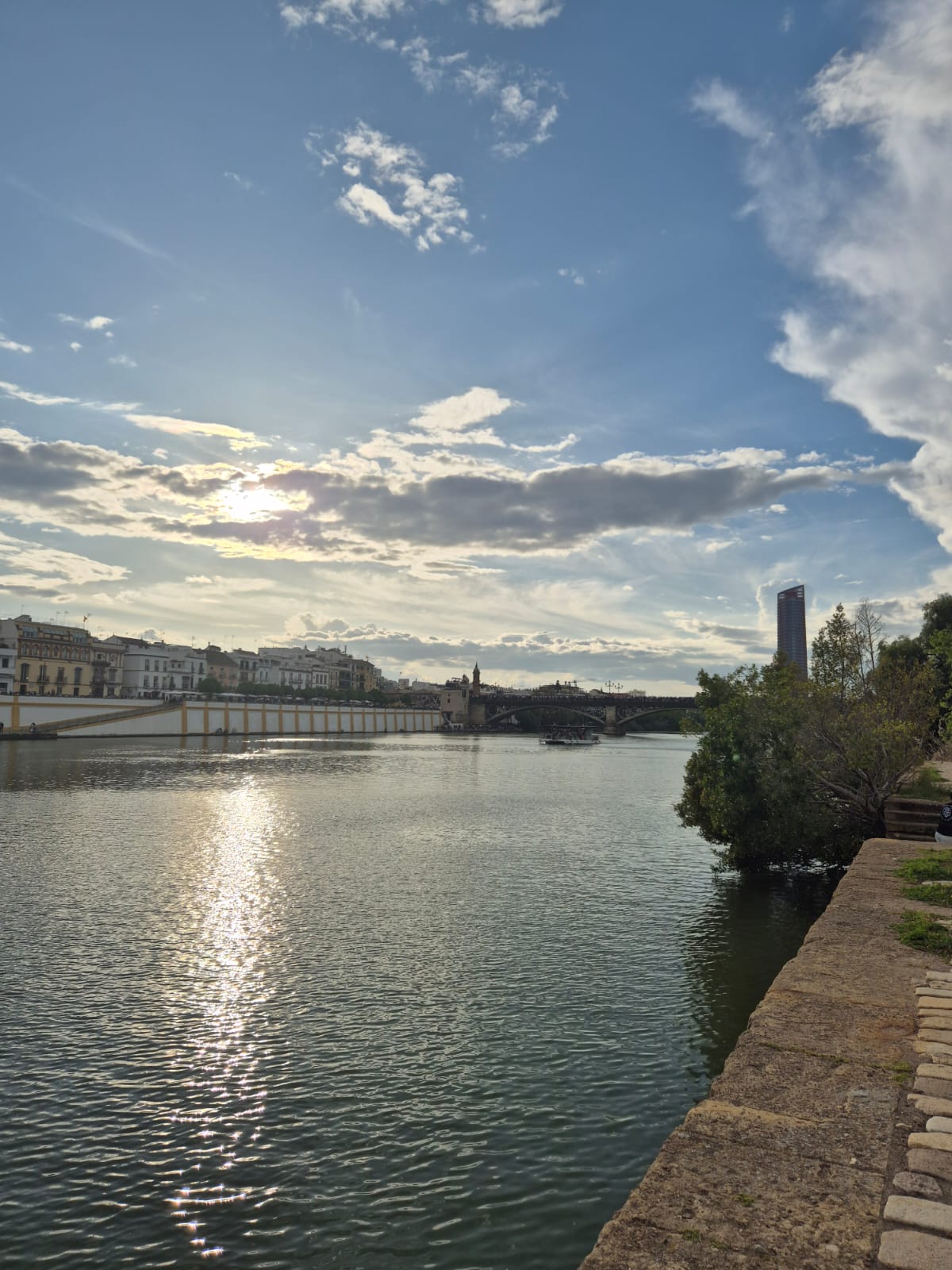
Seville - Guadalquivir River Photo: ANDRÉS CAMILO FRANCO. FOR TIME
Granada is the most historically significant city in Andalusia. It was the last bastion of the Nasrid Kingdom in Spanish territory, and the city's surrender to the Catholic Monarchs marked the end of the reconquest process in 1492. These crucial events marked Granada for life and are, in part, the essence of its tourist appeal.
The greatest symbol of the Sultanate of Granada—as it was known during its Muslim era—was the Alhambra, an exquisite walled palace that has stood for almost 800 years. Granada, in terms of tourism, is the Alhambra from its different facets and perspectives. In addition to visiting the entire monumental complex, to be moved by the beauty of its Andalusian art and the delicacy of the Generalife gardens, a stroll along the Paseo de los Tristes is a must, to see the walls from a low-angle view; as well as visiting the Albaicín neighborhood , to delight in the views of the Alhambra with the snow-capped mountains in the background.
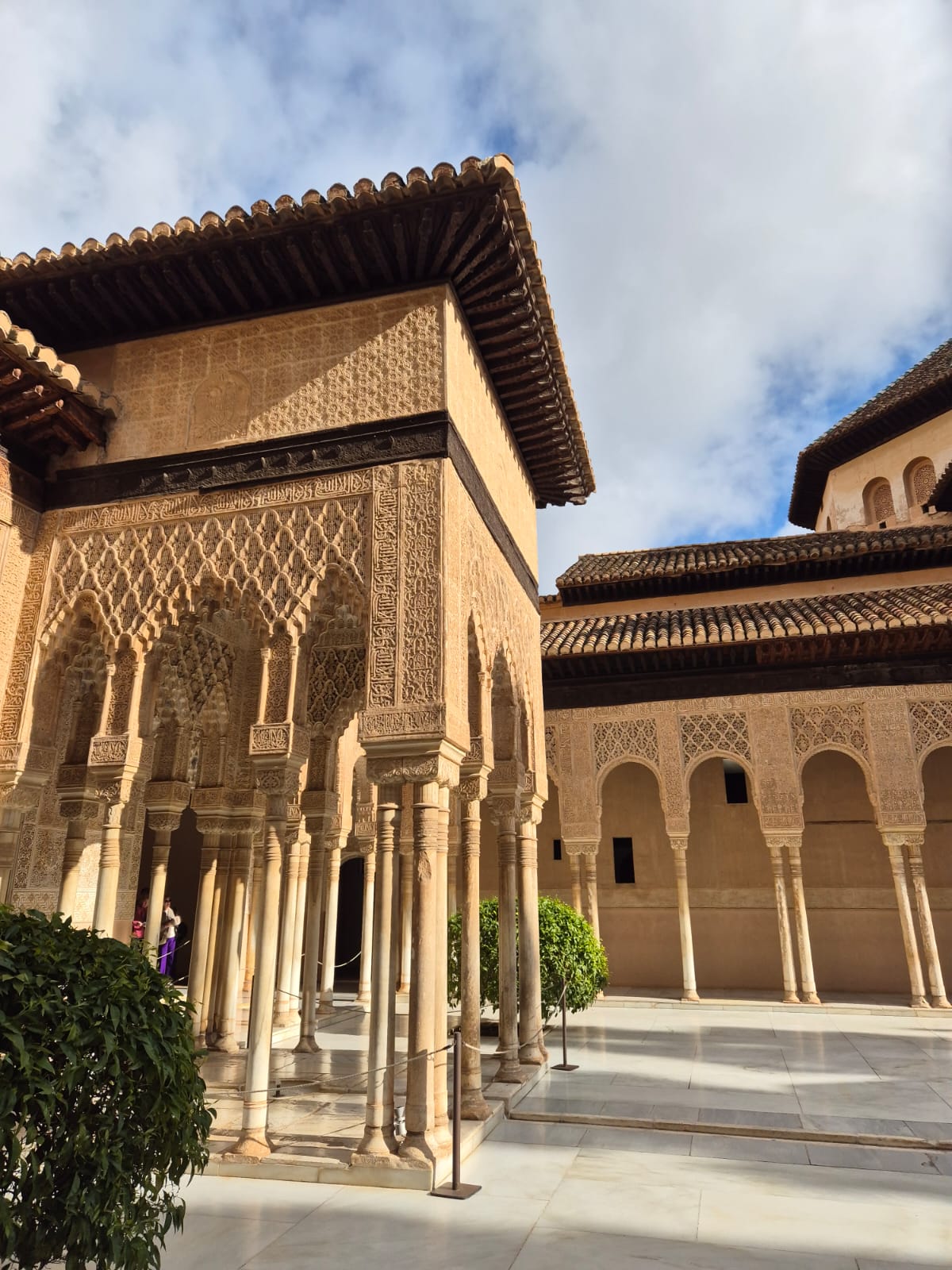
Granada - Courtyard of the Lions, The Alhambra Photo: ANDRÉS CAMILO FRANCO. FOR TIME
The Alhambra has been the subject of poems, songs, documentaries, and even declarations of love. It's a monument with many awards: it was the first site in Spain to be declared a UNESCO World Heritage Site and is currently the second most visited site in the country. In fact, tickets to the Nasrid Palaces, the crown jewel of the entire complex, sell out months in advance.
If you have some time left after seeing the Alhambra, take a stroll along Gran Vía and Avenida de la Constitución to enjoy a glimpse of the city's present-day architecture. Also, reserve a couple of hours to visit the Cartuja Monastery, one of the churches that best showcases Spanish Baroque architecture.
Malaga Málaga is commonly known as the capital of the Costa del Sol because it has the privilege of being bathed by the Mediterranean Sea. It is also known as "The Bride of the Sun" because it enjoys a warm climate almost year-round. Málaga's relationship with the sea is magical, but not dependent; it is a coastal city that offers much more than beaches for tourists to enjoy.
Málaga has a small, picturesque, and unspoiled historic center, with an imposing cathedral that stands out from every angle. The city is guarded by two grand watchtowers: the Alcazaba, a legacy of the Moorish era, and Gibralfaro Castle, a fortress from which you can get the best views of the city , and where you'll see why it's nicknamed the "bride of the sun." Prepare to see memorable postcards and take plenty of photos at every viewpoint. No matter how reluctant you are to take a photo, the landscape is so beautiful you'll want to pose with it in the background.
The city also has a significant cultural component, hosting around twenty museums to choose from. The reason for this extensive museum offering is that the famous Pablo Picasso was born there. If you only have time for one museum on your agenda, we suggest visiting the Picasso Museum , to learn about the history and origins of his Cubist work. If you have time for more, the "branch" of the Parisian Centre Pompidou awaits you right in the port.
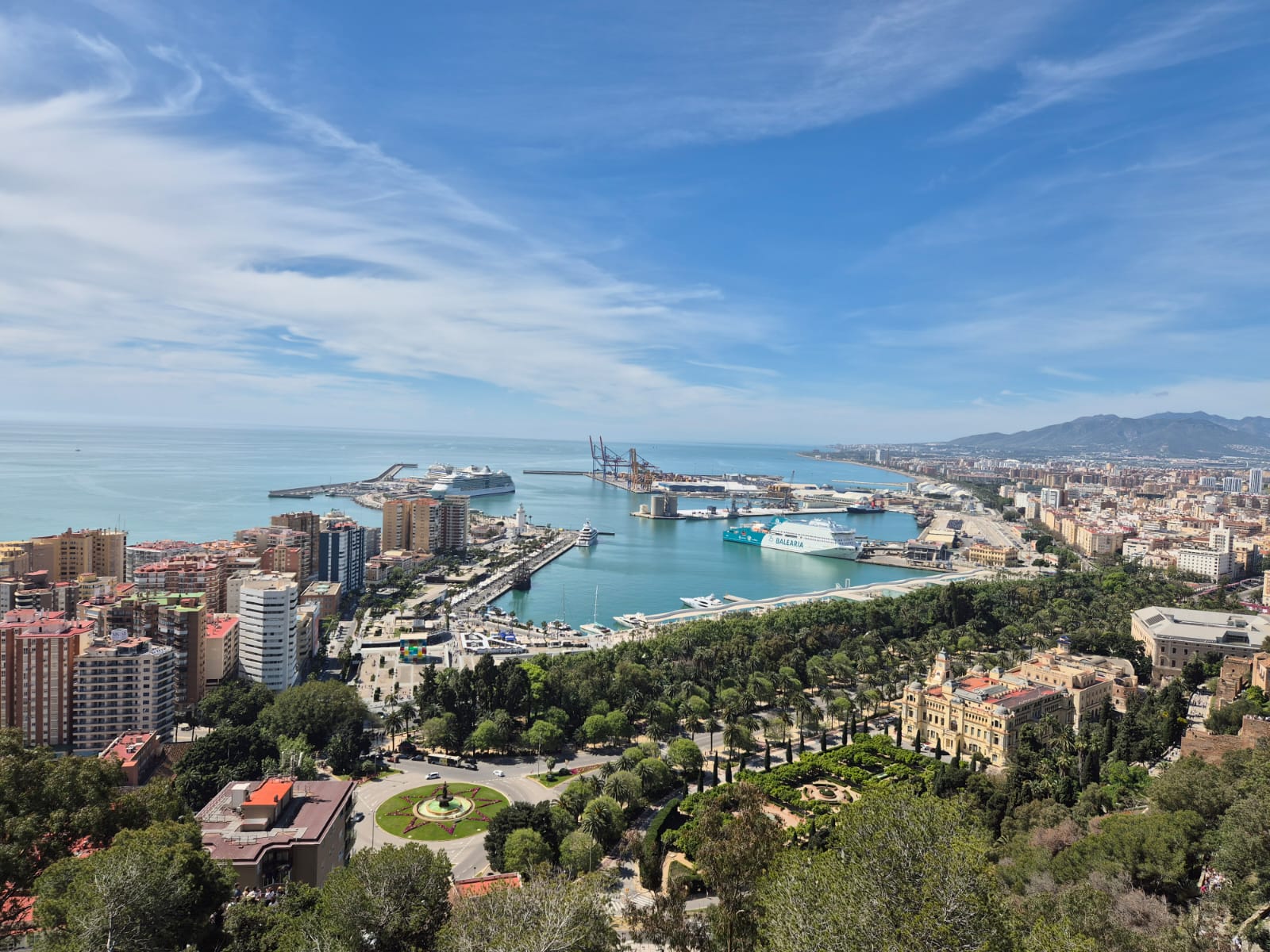
Málaga - View from Gibralfaro Castle. Photo: ANDRÉS CAMILO FRANCO. FOR TIME
And in a port city, a leisurely stroll along its coastline is a must. Start at the Palmeral de las Sorpresas, passing by Málaga Park and Muelle Uno, and end at the promenade of La Malagueta Beach. Your feet will surely be exhausted, but it will be worth it, as you'll appreciate how the clear, bright blue of the Málaga sky blurs the clouds in the distance to blend with the Mediterranean blue of the sea.
Other practical information about Andalusia:
- Gastronomy is a serious business in this region. Be sure to visit El Pimpi in Malaga, El Rinconcillo in Seville, and Los Manueles in Granada.
- Eight Andalusian sites are part of UNESCO's World Heritage List, making it one of Spain's richest regions in this regard.
- The train is the best alternative for traveling between Andalusian cities.
- Spain's official currency is the euro.
- Spain is a member of the Schengen Area, so Colombians do not need a visa to visit.
Andrés Camilo Franco - For EL TIEMPO
eltiempo





